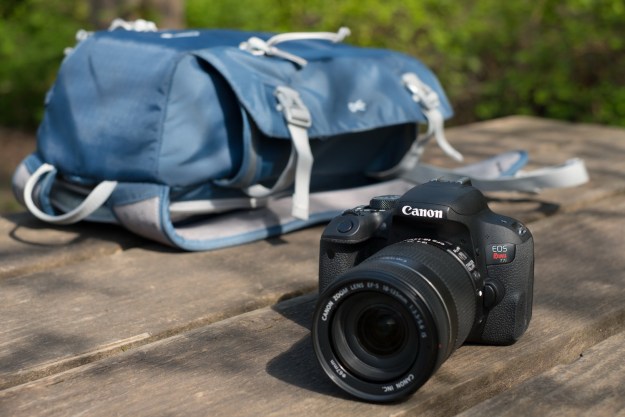Have you ever wanted to try your hand at making one of these Milky Way time-lapse videos, but either gave up or assumed you would need a ton of expensive gear? Well, this video from the team over at Rhino Camera Gear is likely just what you need — in just over eight minutes it explains how to plan and shoot your own Milky Way time-lapse.

The Rhino team begins by talking about what sort of planning is involved when you want to do a Milky Way time-lapse — you’ll soon see that this is not one of those things that you can just decide to do 30 minutes before dark and accomplish with any success. First, you need to check the light pollution in your area and head to the spot closest to you with the least of it. The Rhino team recommends Dark Sky Finder to search your area, but there are other tools out there as well.
The next thing you need to consider is what phase the moon is in, and what position it will be at when you want to be out shooting the night sky. Believe it or not, the moon is an incredibly bright light source at night, and its brightness has the same effect on viewing the Milky Way as light pollution has — namely it makes it difficult to nearly impossible.
So knowing what phase the moon is in, and where it will be in your sky is key to any Milky Way time-lapse success. Ideally, you want to be out shooting when the moon is not yet in the sky (before moon-rise), and/or during or around a new moon when there is little or no moon in the sky.
The final piece to considering a Milky Way time-lapse is the weather, which you have no control over. If there is cloud cover, you will need to try another time. There are apps out there that can help you predict clear skies for several days, or even weeks ahead of time. So when planning a Milky Way time-lapse shoot, always check the weather.
The rest of the video goes through the gear the Rhino team uses and what sort of settings to use for exposure to get the best results. It’s important to note that while they are using some really nice gear, the reality is that all you really need is a fast lens and a stable tripod and you can get great time-lapse results, too.


